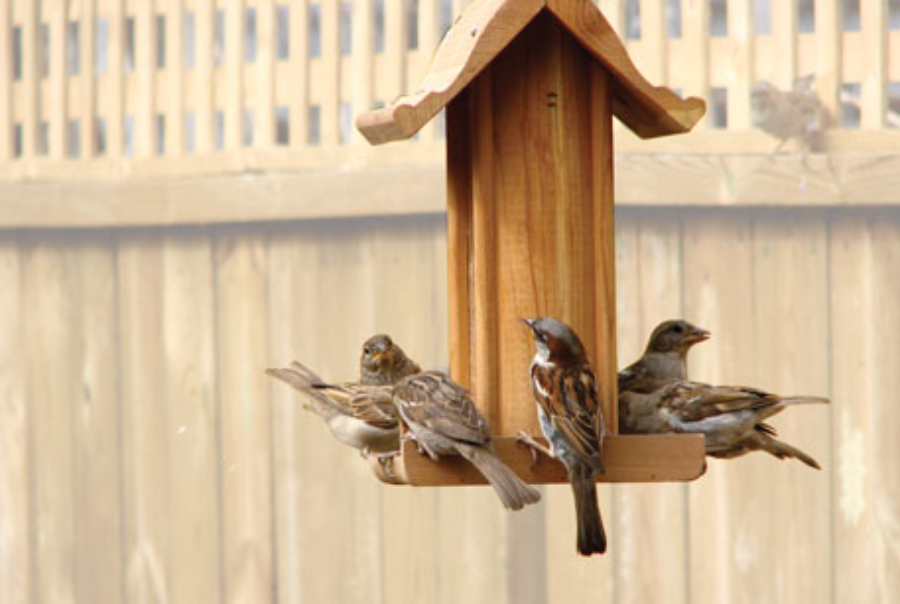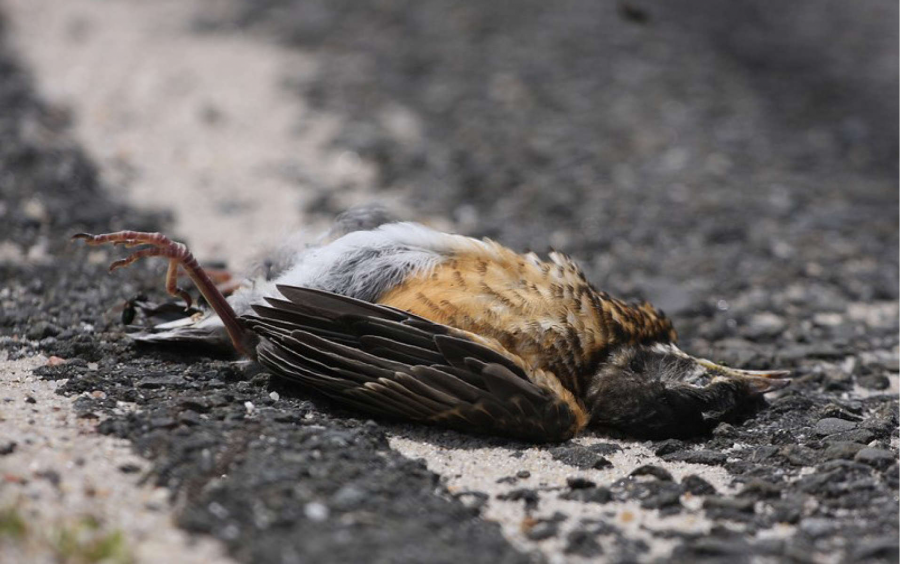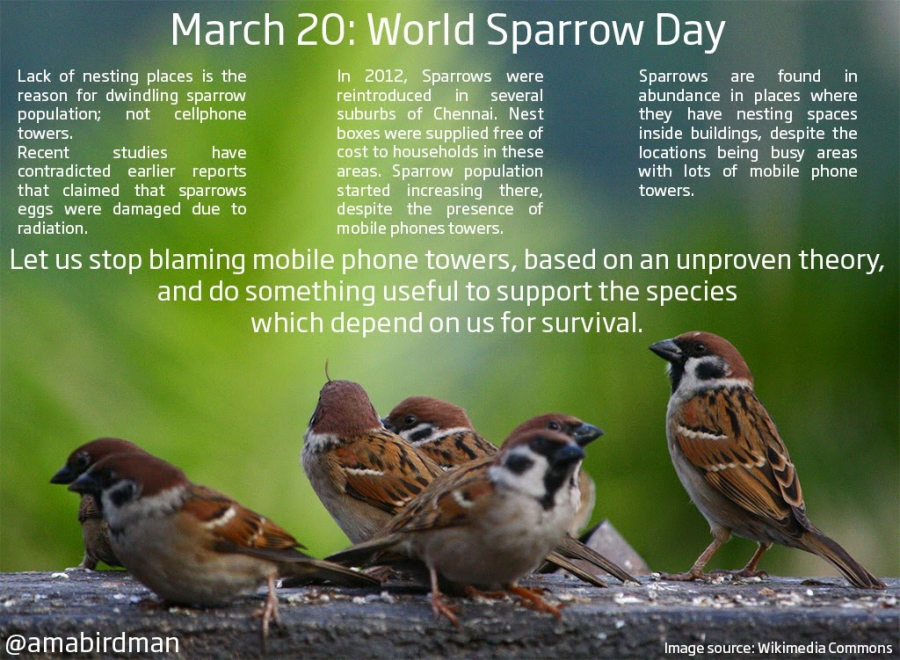


Introduction
Sparrows, once a ubiquitous sight in our neighborhoods, have become an increasingly rare species in recent years. The decline in their population has raised concerns among environmentalists, ornithologists, and the general public. While several factors have contributed to this decline, one lesser-known threat may be playing a significant role – mobile tower radiation. In this blog, we will explore the link between mobile tower radiation and the decline of sparrow populations, shedding light on a critical issue that demands our attention.
The Decline of Sparrow Populations

Sparrows, those small, charming birds that once chirped and fluttered around our homes, are disappearing from our daily lives. While it's challenging to pinpoint a single cause for their population decline, experts have identified several factors that contribute to this worrisome trend. These include habitat loss due to urbanization, pollution, increased pesticide use, and a decrease in food availability.
However, one potential factor that often flies under the radar is the radiation emitted by mobile phone towers. It is essential to recognize that this is not the sole reason for the decline but rather a contributing factor that interacts with other stressors.

Mobile phone towers emit electromagnetic radiation, primarily in the microwave range. This radiation is categorized as non-ionizing, which means it lacks the energy to directly damage DNA or cells. However, research has shown that prolonged exposure to this radiation can have biological effects, especially in wildlife.
Disruption of Navigation and Communication: Sparrows, like many other bird species, rely on Earth's magnetic field for navigation during migration. Mobile tower radiation can disrupt the birds' ability to perceive these magnetic fields accurately, causing them to lose their way or become disoriented.
Reduced Breeding Success: Mobile tower radiation has been linked to a decrease in the reproductive success of birds. Sparrows may experience reduced egg hatching rates and offspring survival, leading to smaller populations over time.
Altered Behavior: Exposure to electromagnetic radiation can alter the behavior of sparrows. They might avoid areas with high radiation levels, which can limit their access to suitable nesting and feeding grounds.
Weakened Immune System: Radiation can weaken the immune system of sparrows and make them more susceptible to diseases and environmental stressors.
Mitigating the Impact of Mobile Tower Radiation
Given the potential risks associated with mobile tower radiation, it is essential to take measures to mitigate its impact on sparrows and other wildlife. Here are some steps that can be taken:

Regulation and Monitoring: Governments and regulatory bodies should establish guidelines and standards for mobile tower radiation emissions. Regular monitoring of these emissions can help ensure that they remain within safe limits.
Strategic Tower Placement: Mobile towers should be placed away from critical sparrow habitats, especially nesting and foraging areas. Proper urban planning can help create spaces where sparrows can thrive without constant exposure to radiation.
Public Awareness: Raising public awareness about the potential impacts of mobile tower radiation on sparrows and other wildlife is essential. Individuals can take measures to reduce their own exposure to electromagnetic radiation and advocate for safer technology.
Research: Continued research is necessary to better understand the specific effects of radiation on sparrows and other bird species. This knowledge can inform conservation efforts and regulatory decisions.
Conclusion
The decline in sparrow populations is a matter of concern for all of us. While mobile tower radiation is just one of the contributing factors, it is a significant one. We must recognize the potential impact of electromagnetic radiation on sparrows and take steps to reduce their exposure. By implementing regulations, raising awareness, and conducting further research, we can work together to protect these beloved birds and ensure they continue to enrich our lives with their presence. In doing so, we can strike a balance between our technological advancements and the preservation of our natural world.



